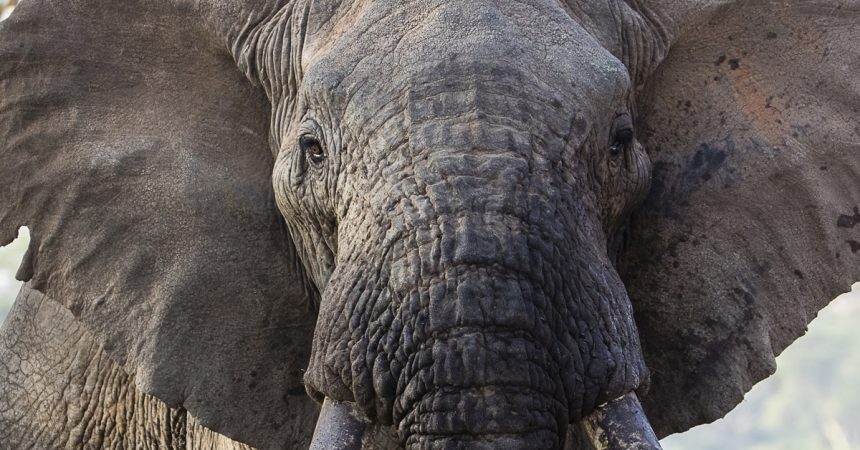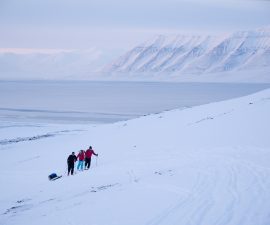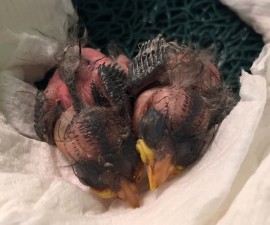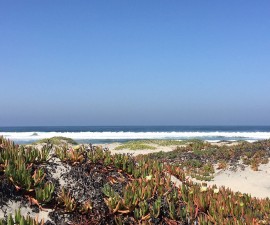At the end of September, representatives of governments and NGOs across the globe will convene in Johannesburg, South Africa, for a meeting of the Convention of the Parties (COP) of CITES. CITES is concerned with the international trade of endangered species, and the COP is sure to have robust discussion on a number of issues impacting species of concern, from pangolins to panthers, and from sharks to soft-shelled turtles. But the most heated debate will surely focus on some of the best-known charismatic mega fauna on the planet: the African elephant.
Several proposals before the COP ask the governments who are signatories to the CITES agreement that regulates endangered species trade to enact stronger restrictions on trade in elephant parts and products. These proposals appear to be a response to a well-known conservation crisis impacting elephant populations throughout the African continent: poaching for ivory. Elephants have been in precipitous decline in the last decade due to excessive illegal hunting to supply ivory products to markets half a world away. We know that the numbers of dead wild elephants has exceeded the number of elephant calves born in the last few years, according to CITES’ own information network, MIKE (Monitoring the Killing of Elephants). MIKE also tells us that 60 percent of dead wild elephants in 2015 were killed illegally. All of this points to a need to act fast on behalf of the African elephants to ensure their survival into the future.
As scientists, part of our job is to provide rational, statistically sound analysis by which policy makers can set forth action plans to address the challenges of the world. Some very respected scientists have taken a close look at the elephant proposals before the COP and compared them to the data we have on hand to assess the situation for elephants throughout Africa. Perhaps surprisingly, scientists from IUCN, the International Union for Conservation of Nature, and TRAFFIC, the wildlife trade monitoring network, have concluded that the data to support the increased protections for elephants just isn’t there. They note that some populations of elephants are actually doing pretty well – in Zimbabwe, for example, where at least 90,000 elephants are believed to roam – and thus the species does not meet the criteria for further protections. But the biggest take away is that there are big gaps in the data that, as scientists, we have a responsibility to avoid filling with conjecture. Or sentiment. We know how special these animals are, and how important they are to the economies of local communities. But that alone is not good enough to set forth a policy recommendation. Instead, we must have more and better data, the facts with which we can make sound scientific statements.
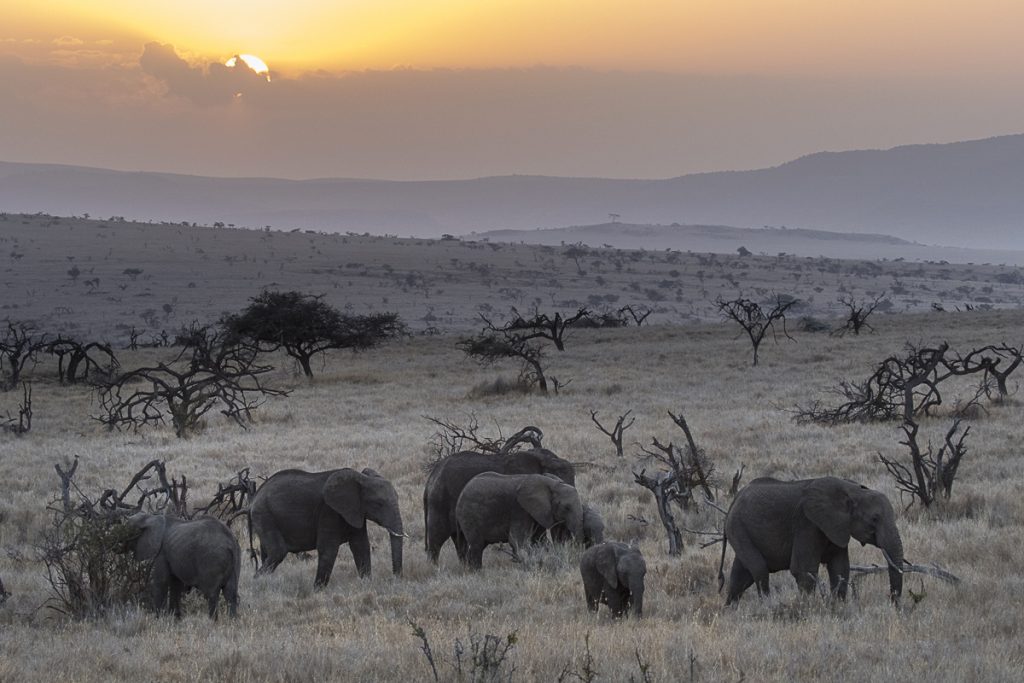
Into this debate comes a new piece of information. A recent initiative called the Great Elephant Census, led by former San Diego Zoo Global post-doctoral researcher Mike Chase and funded by Paul Allen’s Vulcan Philanthropy, has undertaken the herculean task of surveying elephants in 18 countries to develop a pan-African perspective on the species. And their results are startling. They have concluded that between 2007 and 2014, African range states lost 30 percent of their elephants. They estimate the rate of decline across the continent at 8 percent per year. They located poached carcasses of elephants both inside and outside of protected areas. Their blunt conclusion: we are failing elephants.
In light of the results of the Great Elephant Census, it seems clear that some of the missing pieces of the scientific puzzle have been filled in. This should make the discussions at the COP that much more interesting and well-informed. San Diego Zoo Global will be among those NGOs with a seat at the table as these discussions take place. We’ll be in Johannesburg to listen and participate in any way that promotes the survival of this African icon into the future. We are interested in ensuring that sound science is applied as species are protected. We’ll continue our efforts to educate the global community about the impact of poaching on elephants. And we’ll continue to strengthen our network of like-minded organizations that share the same objectives. Together, we’ll work towards a future in which the African elephant roams the savannas and forests, safe from the threat of poaching.
Suzanne Hall is a Conservation Policy Specialist for the San Diego Zoo Institute for Conservation Research. Read her previous blog, Lend Your Eyes to the Wild.

